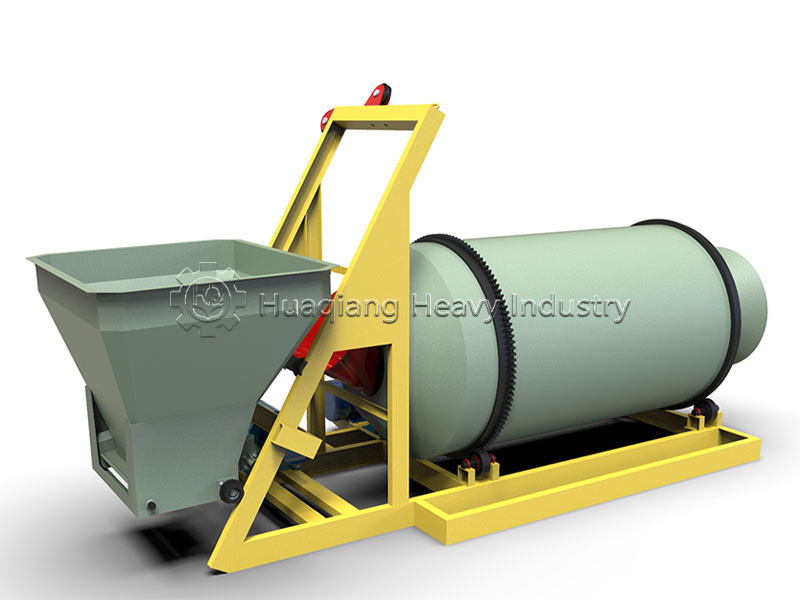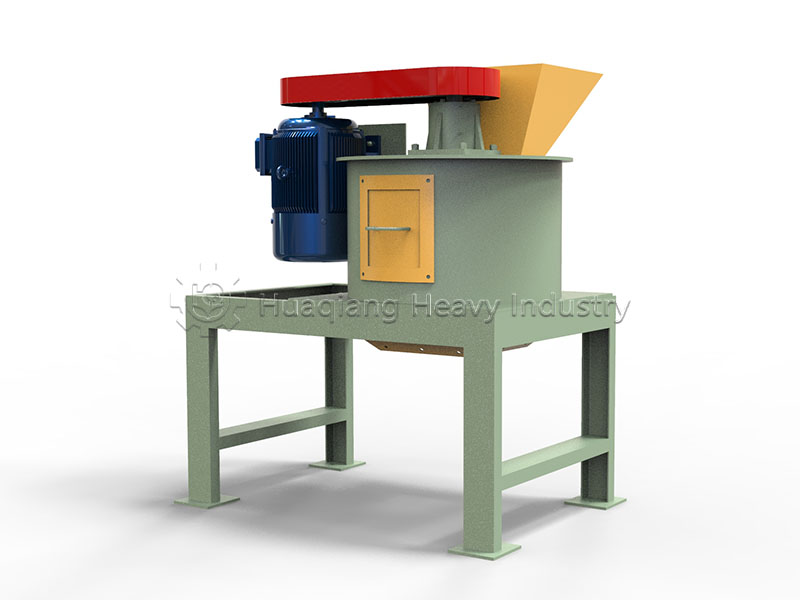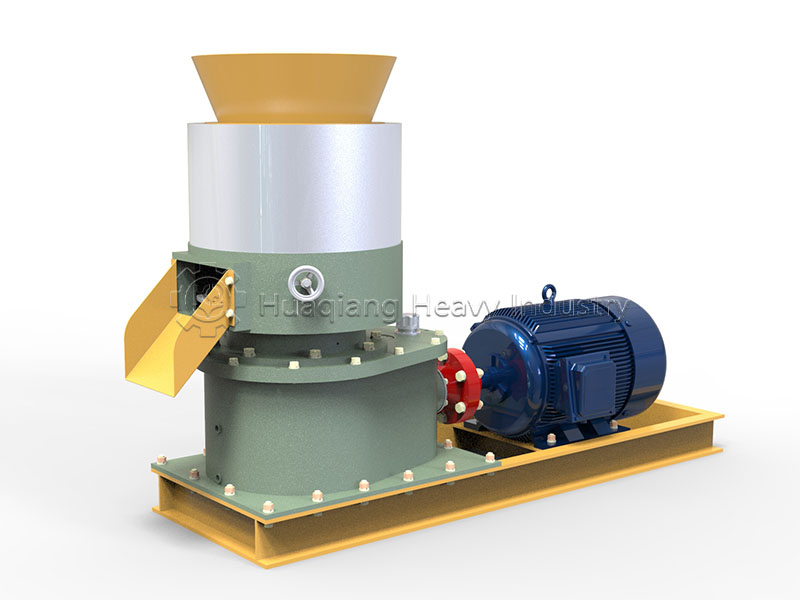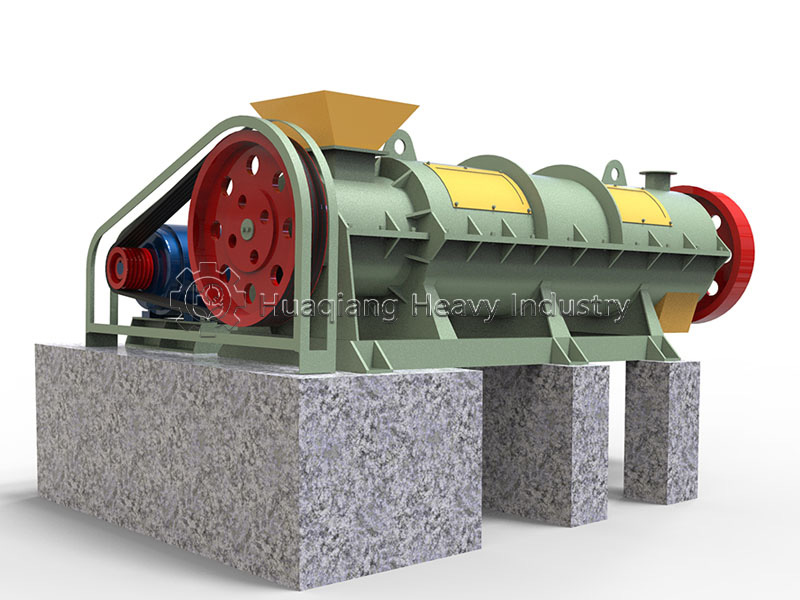.jpg)
Process Overview
Diammonium phosphate (DAP), as a crucial high-concentration compound phosphate fertilizer globally, primarily employs slurry granulation and drying technology, accounting for over 80% of worldwide DAP production. This process perfectly integrates chemical reactions with physical granulation, enabling continuous, large-scale production from raw materials to finished products.
The core of DAP granulation lies in the organic combination of “acid-ammonia neutralization reaction + granulation and forming,” ensuring the final product achieves ideal particle size distribution, mechanical strength, and nutrient content through precise control of reaction conditions and granulation parameters.
Raw Material Preparation and Pretreatment
Main raw materials for DAP production include wet-process phosphoric acid, liquid ammonia, and auxiliary materials. Wet-process phosphoric acid requires rigorous pretreatment to remove impurities such as iron, aluminum, and magnesium through sedimentation or purification filtration, ensuring final product purity and water solubility. Liquid ammonia serves as both neutralizer and nitrogen source, with purity requirements exceeding 99.5%.
Auxiliary materials include monoammonium phosphate powder for adjusting product nutrient ratios; anti-caking agents like fatty acid amides to prevent product caking during storage; and additives such as silicon compounds to improve particle flowability.
Core Production Process Flow
Neutralization Reaction Process
Wet-process phosphoric acid and liquid ammonia undergo vigorous exothermic reaction in the neutralization reactor, with temperature controlled at 150-180°C and pressure maintained at 0.8-1.2MPa. This critical step generates DAP slurry with 75%-85% concentration, containing approximately 46% P₂O₅ and 18% nitrogen.
Slurry Granulation Process
DAP slurry is atomized through high-pressure spray guns into the slurry granulation dryer. Inside the rotating drum, atomized slurry droplets collide and combine with pre-added return fine powder, forming initial seed particles. These seed particles continuously adsorb surrounding slurry droplets and fine powder under the combined action of drum rotation and hot air, gradually growing to the target particle size of 2-4 millimeters.
Drying and Solidification Stage
During granulation, 180-220°C hot air is introduced from the dryer end, counter-currently contacting the material to rapidly evaporate moisture from the particles. This process reduces particle moisture content from 10%-15% to 2%-3%, while promoting DAP crystallization and solidification, achieving particle compressive strength above 25N per particle to meet transportation and storage requirements.
Screening and Return Material Circulation
Cooled particles enter the grading screen system, separating qualified products, overly fine powder, and oversized particles. Fine powder and crushed oversized particles return to the granulator as return material, forming an efficient closed-loop circulation system that significantly improves raw material utilization and reduces production costs.
Synergistic Role of Granulators and Crushers
Functional Positioning Differences
In a diammonium phosphate (DAP) production system, granulators and crushers play distinct but complementary roles. Granulators are responsible for “assembling dispersed sand particles into towers,” transforming dispersed powdery raw materials and liquid slurries into regular granular products; while crushers are responsible for “crushing tower-shaped particles into sand particles,” breaking up oversized particles into fine powder for return to the granulation system.
Process Synergy Effects
The two types of equipment together constitute a closed-loop system for DAP production. Granulators serve as core forming equipment, ensuring products meet expected particle size and strength requirements; crushers function as auxiliary equipment, processing screened-out non-conforming products to achieve material recycling. This synergistic cooperation not only enhances production efficiency but also minimizes material waste to the greatest extent.
Environmental Protection and Quality Control
Modern DAP production processes place high importance on environmental protection and product quality. Ammonia-containing exhaust gas generated during production is recovered through dilute phosphoric acid scrubbers, and the generated ammonium phosphate solution can be returned to the reactor for reuse, achieving resource recycling. Meanwhile, by precisely controlling the reaction pH value within the range of 7.5-8.0, stable diammonium phosphate products are ensured, avoiding by-product formation.
The final coating process provides effective anti-caking protection for DAP particles, ensuring the product maintains good physical properties during storage and transportation, guaranteeing high-quality phosphate fertilizer supply for global agricultural production.
Integrating DAP Production Principles into Modern NPK Fertilizer Manufacturing
The sophisticated slurry granulation technology used in diammonium phosphate production shares fundamental principles with modern npk fertilizer manufacturing process systems. While DAP focuses on phosphate-ammonia reactions, comprehensive npk fertilizer production line configurations must balance multiple nutrient sources through advanced npk granulation machine technology. The core fertilizer granulation principles demonstrated in DAP production – including precise raw material preparation, controlled reaction conditions, and efficient recycling systems – directly inform the broader manufacturing of npk fertilizer across the industry.
Modern npk fertilizer production technology incorporates various approaches, from chemical granulation using specialized npk fertilizer granulator machine equipment to physical blending through npk bulk blending machine systems. The disc granulator machine represents one alternative technology that, like DAP slurry granulation, creates uniform particles through rotational motion and liquid binding. Complete npk fertilizer production line setups integrate multiple equipment types, including fertilizer mixer machine units for raw material preparation and bulk blending fertilizer machine systems for specific product requirements.
The evolution of npk granulation machine technology continues to draw inspiration from specialized processes like DAP production while adapting to handle diverse nutrient combinations. From basic npk blending machine operations to sophisticated chemical granulation systems, modern npk fertilizer machine manufacturers leverage these interconnected technological principles to produce high-quality compound fertilizers that meet the precise nutritional needs of contemporary agriculture.








